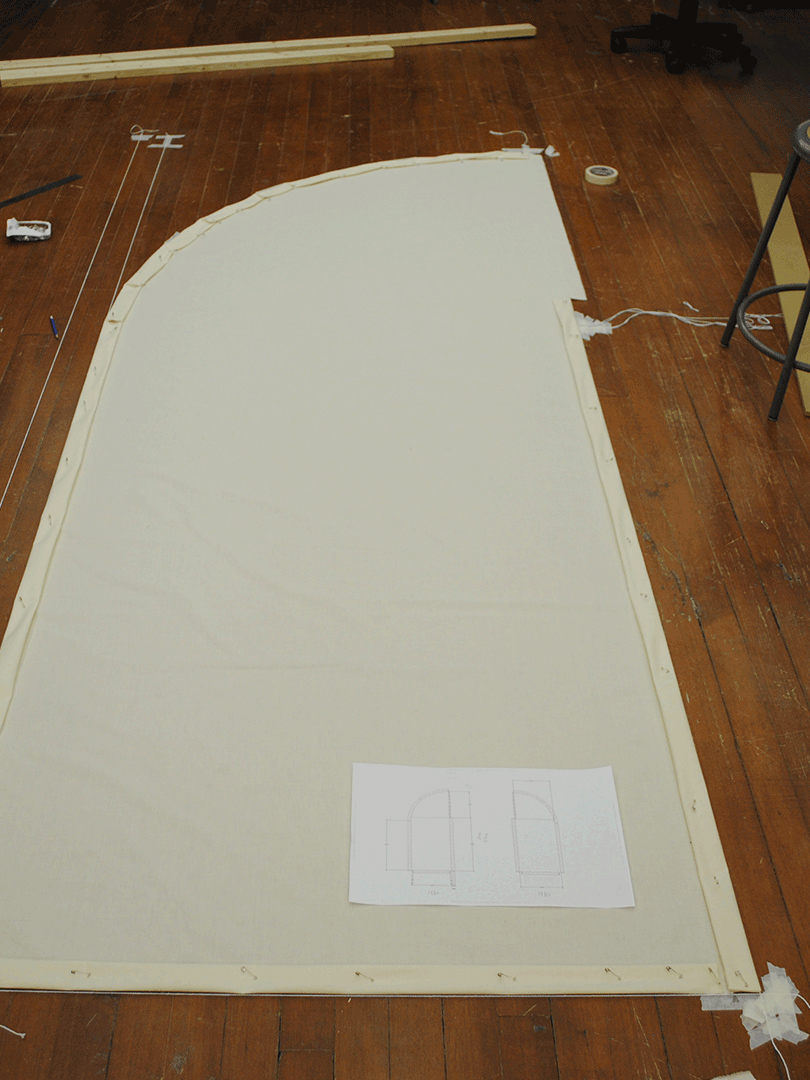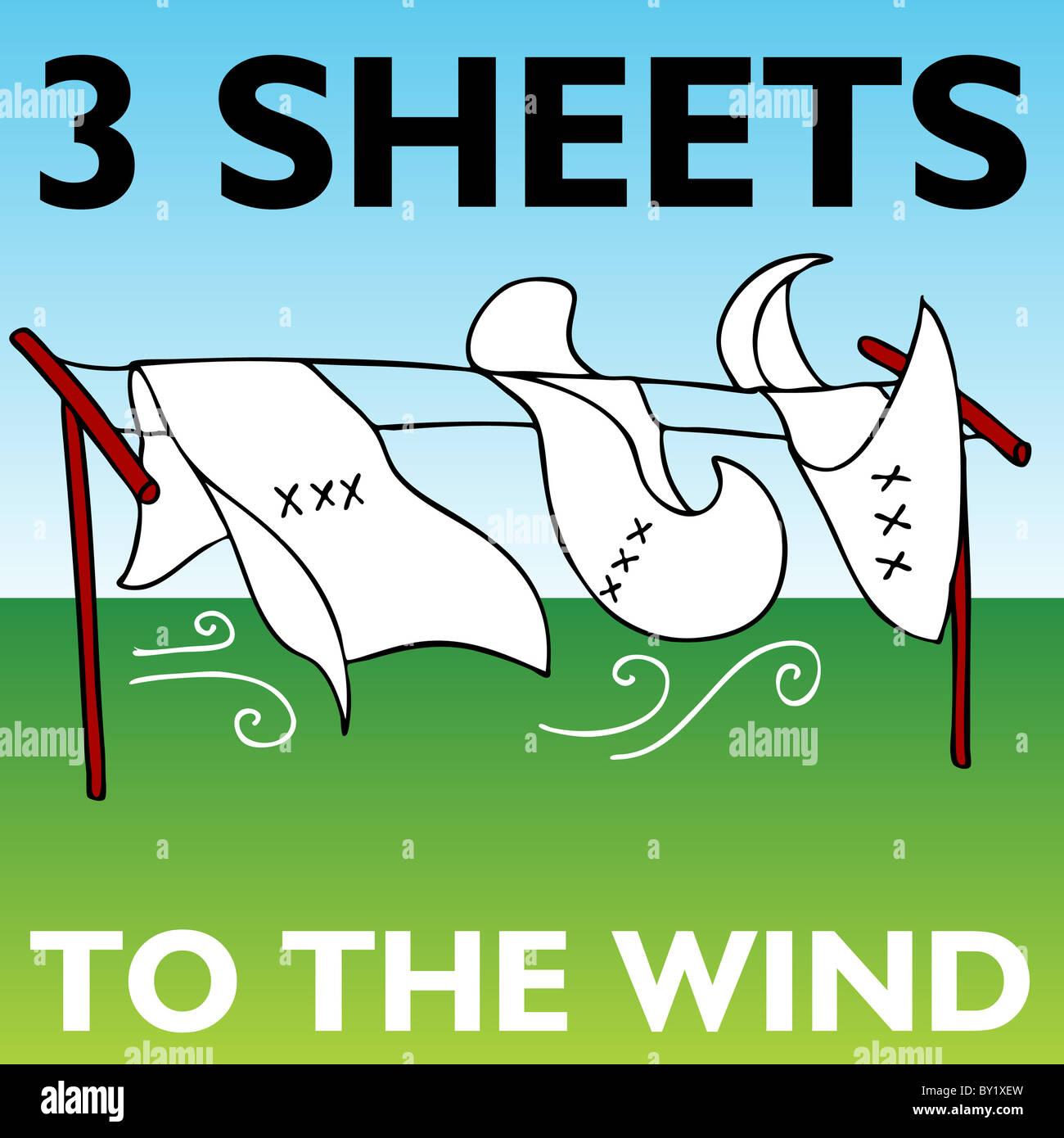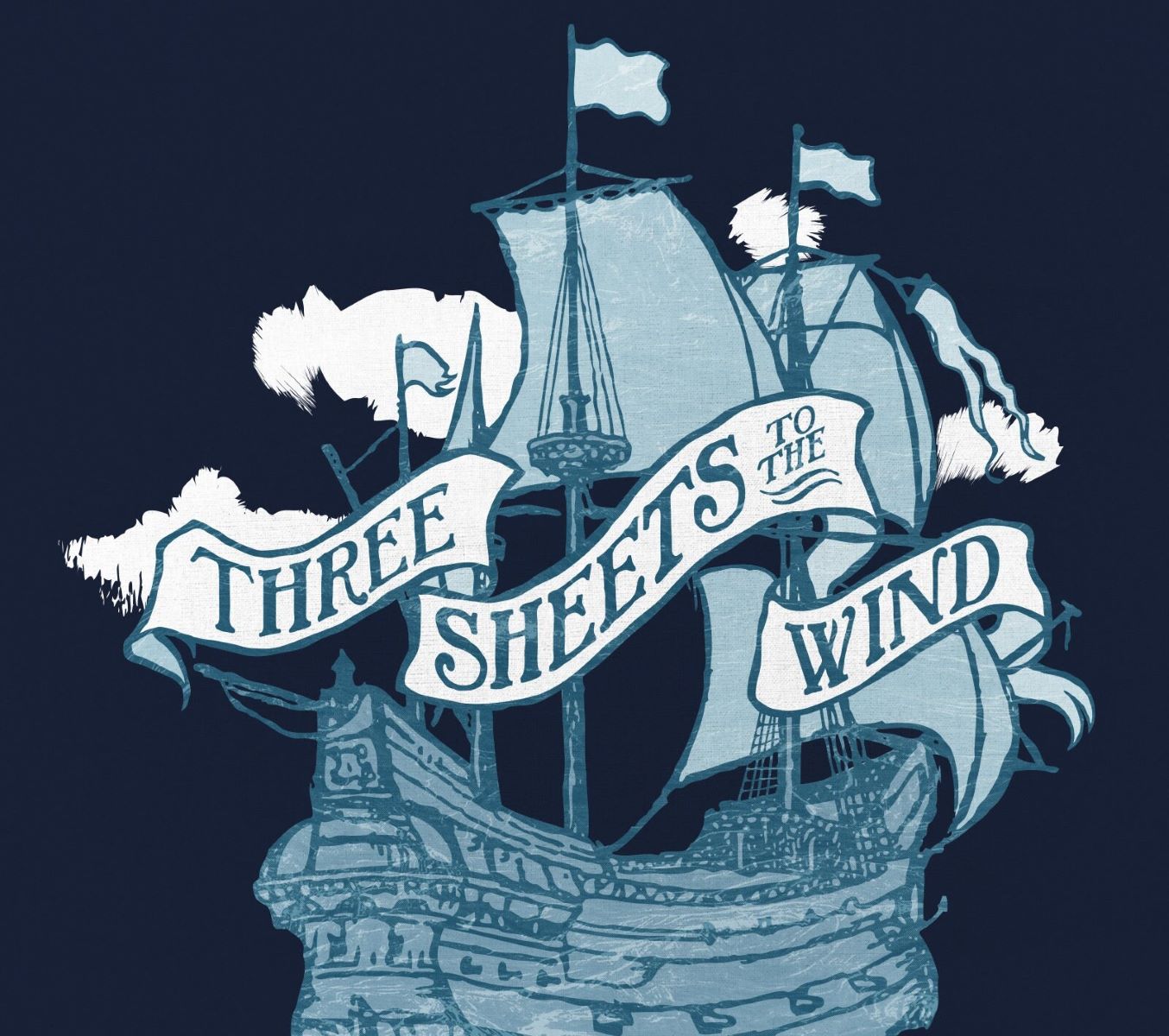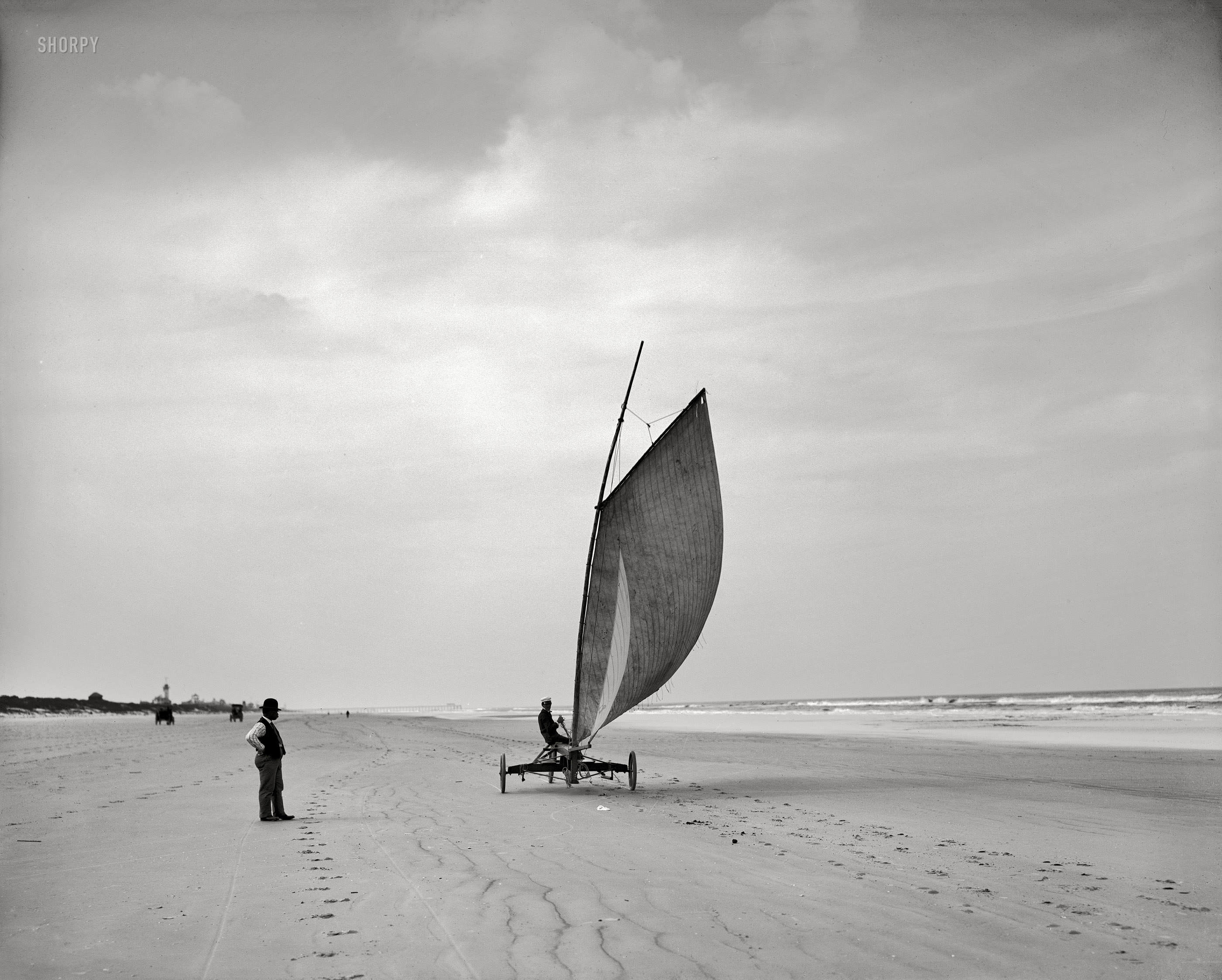Two Sheets To The Wind Origin - The phrase two sheets to the wind has nautical origins, with sheets referring to the ropes that control a ship's sails. Most likely derived from nautical terminology, in which a sheet is the rope that controls the sails of a tall ship; As of the last editing of gary martin's entry for the idiom, the phrase was most often presented as it is in the title (i.e., .to. When someone has had too much alcohol, they may lose their. If several sheets are loose or. “three sheets to the wind” refers to someone who is extremely drunk or intoxicated. Sheet is the nautical term that refers to the rope used to secure a ship's sail. In the 1800s, tall ships had sails controlled by ropes known as sheets which would have been fixed to the lower corners of the. James reeves (a purser in the navy) […] was two sheets in the wind, that is, he had had two glasses of grog before he met the girls, but. Three sheets to the wind, or three sheets in.
In the 1800s, tall ships had sails controlled by ropes known as sheets which would have been fixed to the lower corners of the. “three sheets to the wind” refers to someone who is extremely drunk or intoxicated. When someone has had too much alcohol, they may lose their. James reeves (a purser in the navy) […] was two sheets in the wind, that is, he had had two glasses of grog before he met the girls, but. Three sheets to the wind, or three sheets in. As of the last editing of gary martin's entry for the idiom, the phrase was most often presented as it is in the title (i.e., .to. Most likely derived from nautical terminology, in which a sheet is the rope that controls the sails of a tall ship; Sheet is the nautical term that refers to the rope used to secure a ship's sail. If several sheets are loose or. The phrase two sheets to the wind has nautical origins, with sheets referring to the ropes that control a ship's sails.
James reeves (a purser in the navy) […] was two sheets in the wind, that is, he had had two glasses of grog before he met the girls, but. When someone has had too much alcohol, they may lose their. Three sheets to the wind, or three sheets in. Sheet is the nautical term that refers to the rope used to secure a ship's sail. “three sheets to the wind” refers to someone who is extremely drunk or intoxicated. As of the last editing of gary martin's entry for the idiom, the phrase was most often presented as it is in the title (i.e., .to. The phrase two sheets to the wind has nautical origins, with sheets referring to the ropes that control a ship's sails. If several sheets are loose or. In the 1800s, tall ships had sails controlled by ropes known as sheets which would have been fixed to the lower corners of the. Most likely derived from nautical terminology, in which a sheet is the rope that controls the sails of a tall ship;
Two Sheets to the Wind YouTube
As of the last editing of gary martin's entry for the idiom, the phrase was most often presented as it is in the title (i.e., .to. Three sheets to the wind, or three sheets in. Most likely derived from nautical terminology, in which a sheet is the rope that controls the sails of a tall ship; In the 1800s, tall.
History Of Three Sheets To The Wind at Simona Brown blog
Three sheets to the wind, or three sheets in. As of the last editing of gary martin's entry for the idiom, the phrase was most often presented as it is in the title (i.e., .to. “three sheets to the wind” refers to someone who is extremely drunk or intoxicated. When someone has had too much alcohol, they may lose their..
History Of Three Sheets To The Wind at Simona Brown blog
If several sheets are loose or. The phrase two sheets to the wind has nautical origins, with sheets referring to the ropes that control a ship's sails. In the 1800s, tall ships had sails controlled by ropes known as sheets which would have been fixed to the lower corners of the. “three sheets to the wind” refers to someone who.
Jumble Tree Magpie Monday Two sheets to the wind
In the 1800s, tall ships had sails controlled by ropes known as sheets which would have been fixed to the lower corners of the. Sheet is the nautical term that refers to the rope used to secure a ship's sail. James reeves (a purser in the navy) […] was two sheets in the wind, that is, he had had two.
Installation Two Sheets to the Wind
James reeves (a purser in the navy) […] was two sheets in the wind, that is, he had had two glasses of grog before he met the girls, but. Sheet is the nautical term that refers to the rope used to secure a ship's sail. If several sheets are loose or. In the 1800s, tall ships had sails controlled by.
History Of Three Sheets To The Wind at Simona Brown blog
Most likely derived from nautical terminology, in which a sheet is the rope that controls the sails of a tall ship; “three sheets to the wind” refers to someone who is extremely drunk or intoxicated. When someone has had too much alcohol, they may lose their. The phrase two sheets to the wind has nautical origins, with sheets referring to.
Pin page
In the 1800s, tall ships had sails controlled by ropes known as sheets which would have been fixed to the lower corners of the. Most likely derived from nautical terminology, in which a sheet is the rope that controls the sails of a tall ship; Three sheets to the wind, or three sheets in. The phrase two sheets to the.
The Surprising Origin and Meaning of the French Letter Regretless
As of the last editing of gary martin's entry for the idiom, the phrase was most often presented as it is in the title (i.e., .to. Sheet is the nautical term that refers to the rope used to secure a ship's sail. “three sheets to the wind” refers to someone who is extremely drunk or intoxicated. Three sheets to the.
Shorpy Historical Picture Archive Two Sheets to the Wind 1905 high
If several sheets are loose or. Most likely derived from nautical terminology, in which a sheet is the rope that controls the sails of a tall ship; “three sheets to the wind” refers to someone who is extremely drunk or intoxicated. In the 1800s, tall ships had sails controlled by ropes known as sheets which would have been fixed to.
History Of Three Sheets To The Wind at Simona Brown blog
Three sheets to the wind, or three sheets in. Sheet is the nautical term that refers to the rope used to secure a ship's sail. “three sheets to the wind” refers to someone who is extremely drunk or intoxicated. In the 1800s, tall ships had sails controlled by ropes known as sheets which would have been fixed to the lower.
Most Likely Derived From Nautical Terminology, In Which A Sheet Is The Rope That Controls The Sails Of A Tall Ship;
If several sheets are loose or. The phrase two sheets to the wind has nautical origins, with sheets referring to the ropes that control a ship's sails. Three sheets to the wind, or three sheets in. “three sheets to the wind” refers to someone who is extremely drunk or intoxicated.
As Of The Last Editing Of Gary Martin's Entry For The Idiom, The Phrase Was Most Often Presented As It Is In The Title (I.e., .To.
James reeves (a purser in the navy) […] was two sheets in the wind, that is, he had had two glasses of grog before he met the girls, but. When someone has had too much alcohol, they may lose their. Sheet is the nautical term that refers to the rope used to secure a ship's sail. In the 1800s, tall ships had sails controlled by ropes known as sheets which would have been fixed to the lower corners of the.








